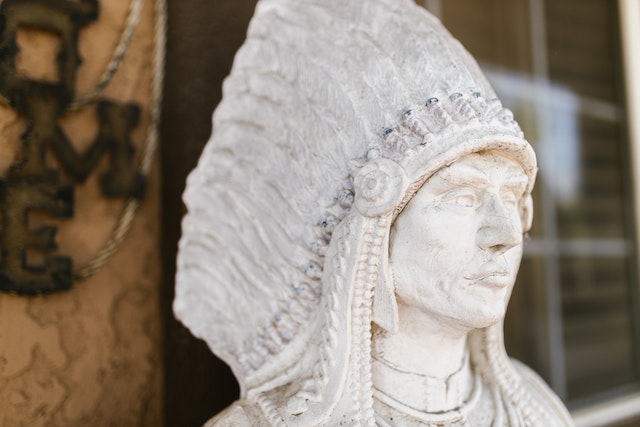Home » News » 2024 » October
News Brief
Oct. 10, 2024 |
By: Deborah Van Fleet - Public News Service
Ho-Chunk Farms revitalize, preserve tribal culture with Indian Corn Project

By Deborah Van Fleet - Public News Service
Ho-Chunk Farms' annual Indian Corn Harvest is reviving and preserving this tradition for the northeast Nebraska tribe. Corn from a Winnebago family's heirloom seeds is grown organically, handpicked, harvested and processed as closely as possible to the way it was done by the tribe's ancestors.
Cory Cleveland, Ho-Chunk Farms agriculture business manager, said the Indian Corn Harvest involves several steps and several generations. He explained that after the corn is picked and husked, it is boiled and blanched for ten to fifteen minutes followed by the "wasgu."
"Then a lot of our elders like to come and do the 'wasgu.' And that's taking off kernel-by-kernel with hand and spoon. This is a time a lot of our elders will share stories with maybe some of their grandchildren that may be helping also. So, it's a really good time to connect with one another," he said.
Following the wasgu, the corn is dried on screens for two or three days and put in quart-size bags. Cleveland said the corn is then frozen and typically used in a traditional corn soup. He says about one-third of this year's 350 quarts will be distributed to folks who helped with the process.
Much of the remaining corn is reserved for another Winnebago cultural tradition.
"And the rest, at Ho-Chunk Farms, we store it, and we give to tribal members that have passed, to their funerals. On the last day of the funerals, generally, there is a corn soup. We usually give two quarts to the funerals throughout the year," he explained.
Students in Winnebago Public Schools also participate in the Indian Corn Project. Middle and high school students in the Academy program pick the corn, and after it's blanched and boiled take it back to school where they "wasgu," dry and package it. Even students as young as first through third grade get involved by helping husk.
"The husking is what takes a long time. I mean, if you've husked one yourself, you can understand doing probably three or four hundred of those. So, it's good to have their help. If we can have them say, 'Hey, Mom and Dad, I went to help with the Indian corn today,' that is what we're trying to do with the Indian Corn Project," Cleveland said.
The Indian Corn Project also contributes to the Winnebago tribe's goal of food sovereignty for its community.
![]()






